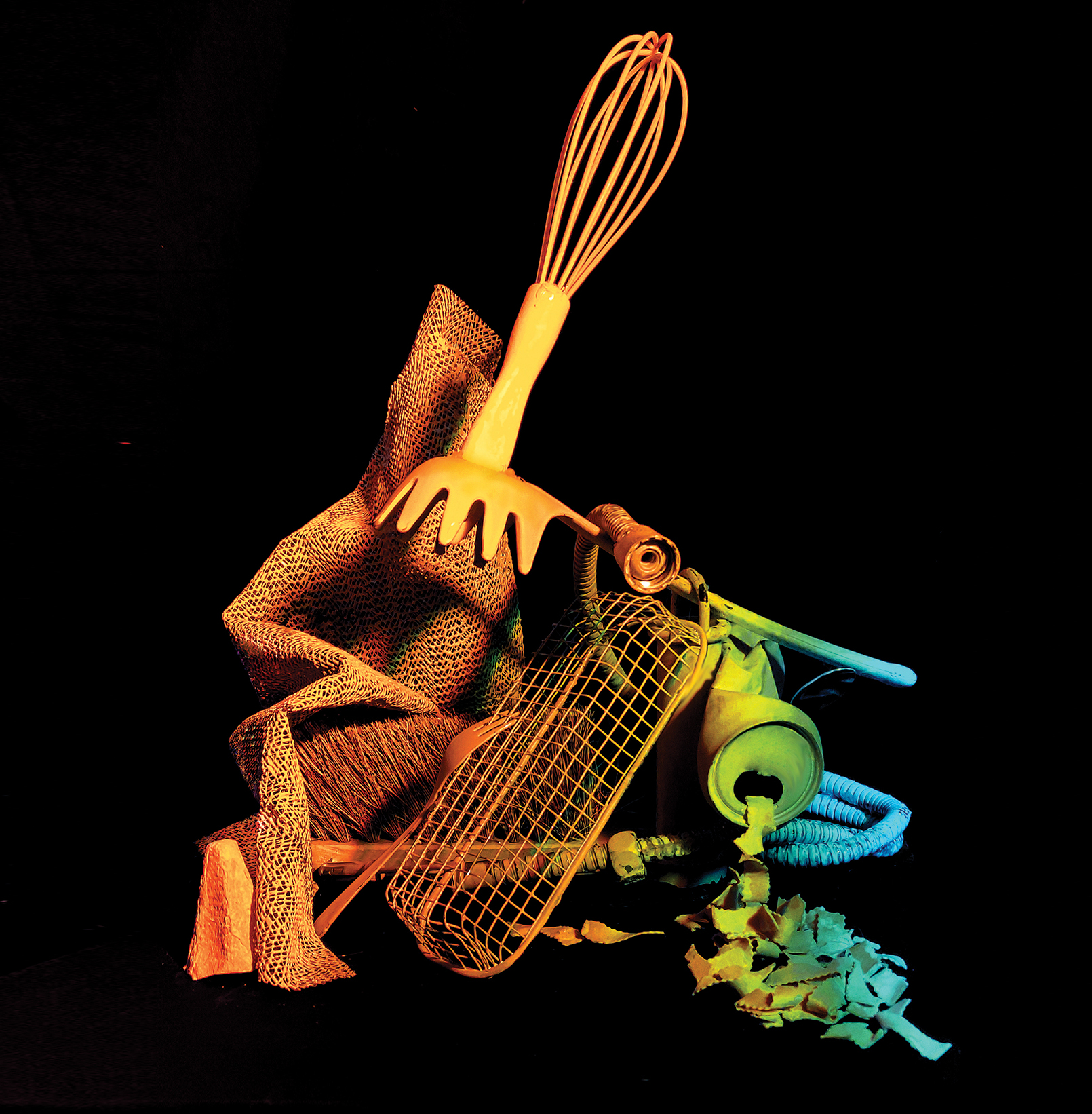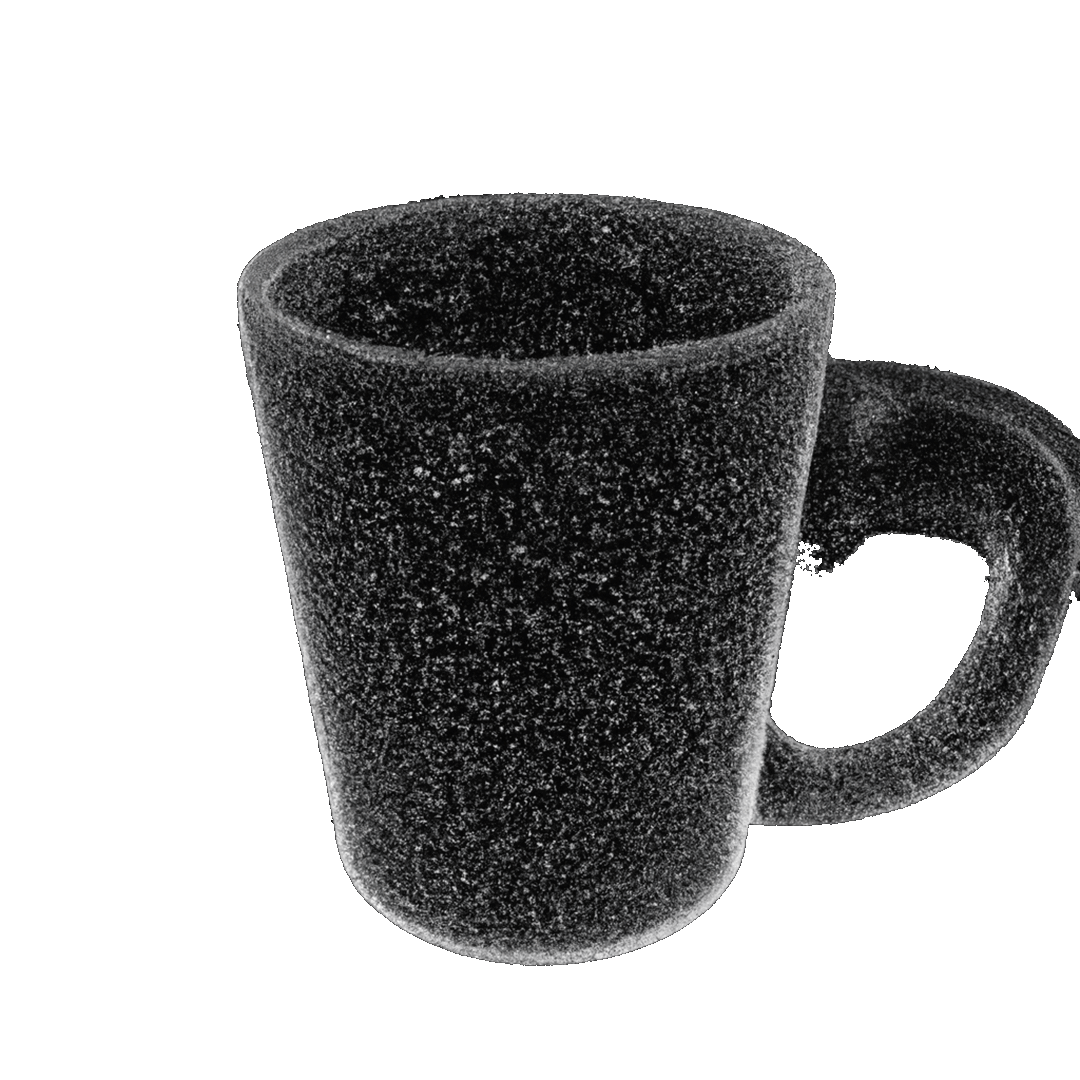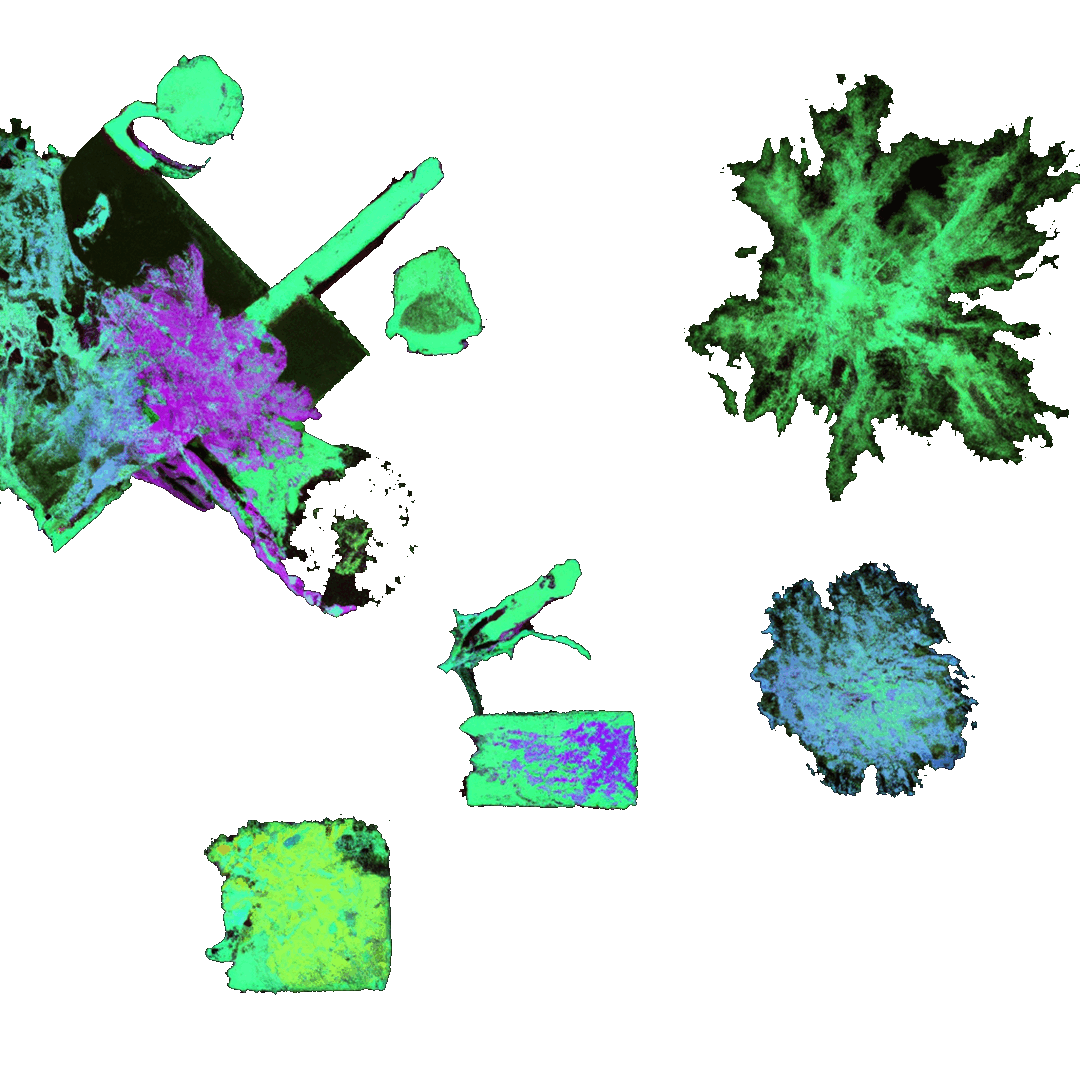Re-Proposing the ‘Object’
Workshop by Daniel Norell, 2018
Collaborated by - Palak Arora, Sudhir Ambasana, Amr Ali, Rami Al-Rashidani.

Workshop Title - Objects, Group & Coupling
The workshop takes its cues from contemporary discourse on repurposing ’the real’ as well as from historical examples of repurposing in art and architecture, such as the found object, adhocism, and spolia. It was structured in three steps. First was to select and curate a set of objects according to certain criteria. These objects form the stock / raw material for the design work. Second, the objects were to be grouped into architectural massing following typical as well as atypical means of assembly, such as post-lintel, stacking, and puzzle. The groups will be digitized using scanning with photogrammetry. Third, the couplings of objects in the groups were studied in digital models and drawings, both with regards to adjacencies of objects of sometimes wildly different kinds, and with regards to the actual means of connection

The grouping was themed as a collection of objects to emphasize an ongoing narrative within them. The objects found in the household domain function individually like a single independent entity when it comes to seeing these object as an independent tool. When grouped together they function like a ‘Rube Goldberg Machine’ functioning like a collective process.


By playing with studio lighting, painting and postproduction of meshes on digital mediums and image maps during the process of photogrammetry, we explored the properties of the original objects are altered as they shift between physical to digital medium. The mesh on the left after post processing is reduced to a 2D graphic image.

In terms of representation, the workshop investigates how photogrammetry may be used to capture geometry, color and texture of existing, unique objects for the purposes of using them as a basis to create new designs. Architectural drawings typically delineate surfaces and masses through abstract line work. The work produced in the workshop expanded that register by channeling properties such as color, texture and materiality into drawings.


















